HEMPACKA Custom Logo Child Resistant Vape Cart Packaging Box
During transportation, products often suffer damage due to collisions, vibrations, or compression, especially fragile or irregularly shaped items. To prevent these issues, using void fillers in packaging is an effective solution. Void fillers not only provide extra protection but also enhance customer satisfaction by showcasing a brand’s attention to detail.
Additionally, void fillers can reduce the risk of returns and replacements caused by product damage, saving costs for businesses. They also help maintain a professional appearance upon delivery, leaving a positive impression on customers.
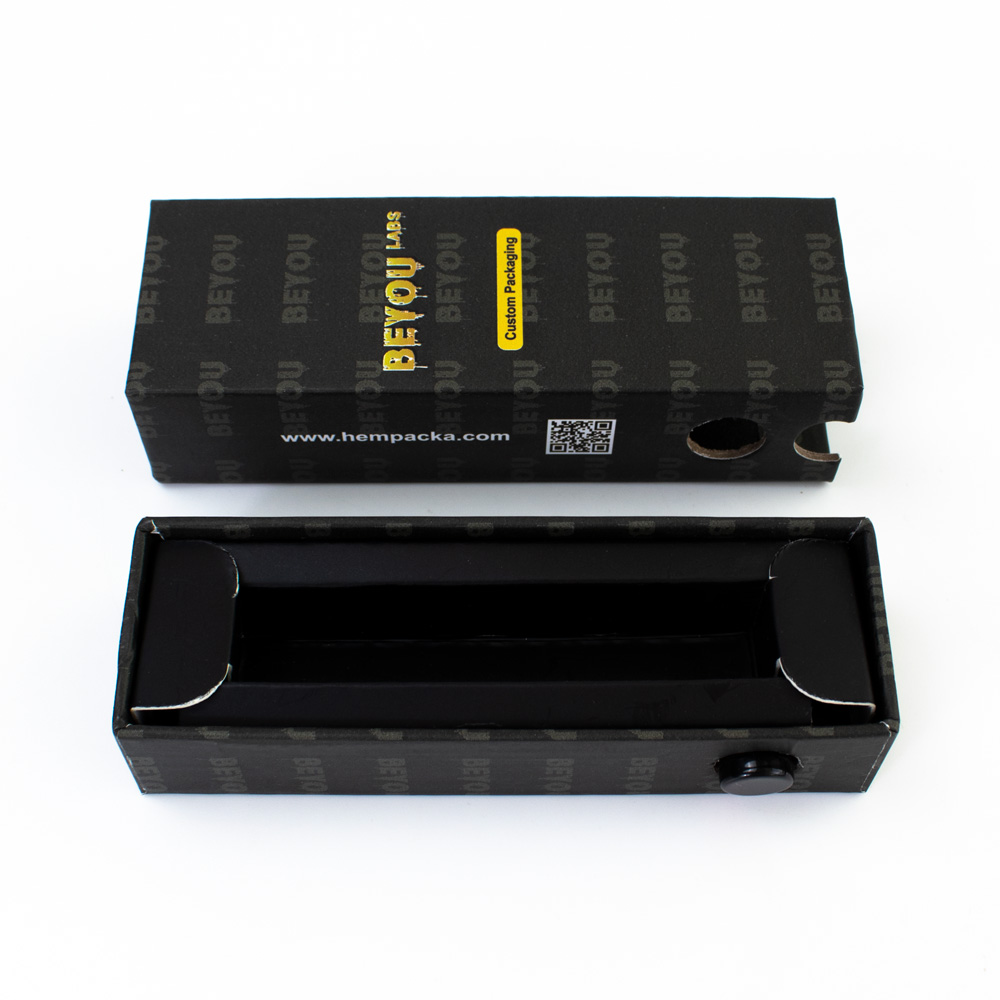
Void fillers are materials used to fill the empty spaces within a packaging box. Their primary function is to protect products from external impacts, compression, and vibrations. These materials come in various types, such as soft, rigid, highly moldable, or eco-friendly options, catering to diverse shipping needs.
Void fillers also play a role in optimizing the efficiency of packaging. By minimizing movement within the box, they ensure that items remain intact even during long-distance shipping. This is particularly important for industries such as e-commerce, food delivery, and fragile goods manufacturing.
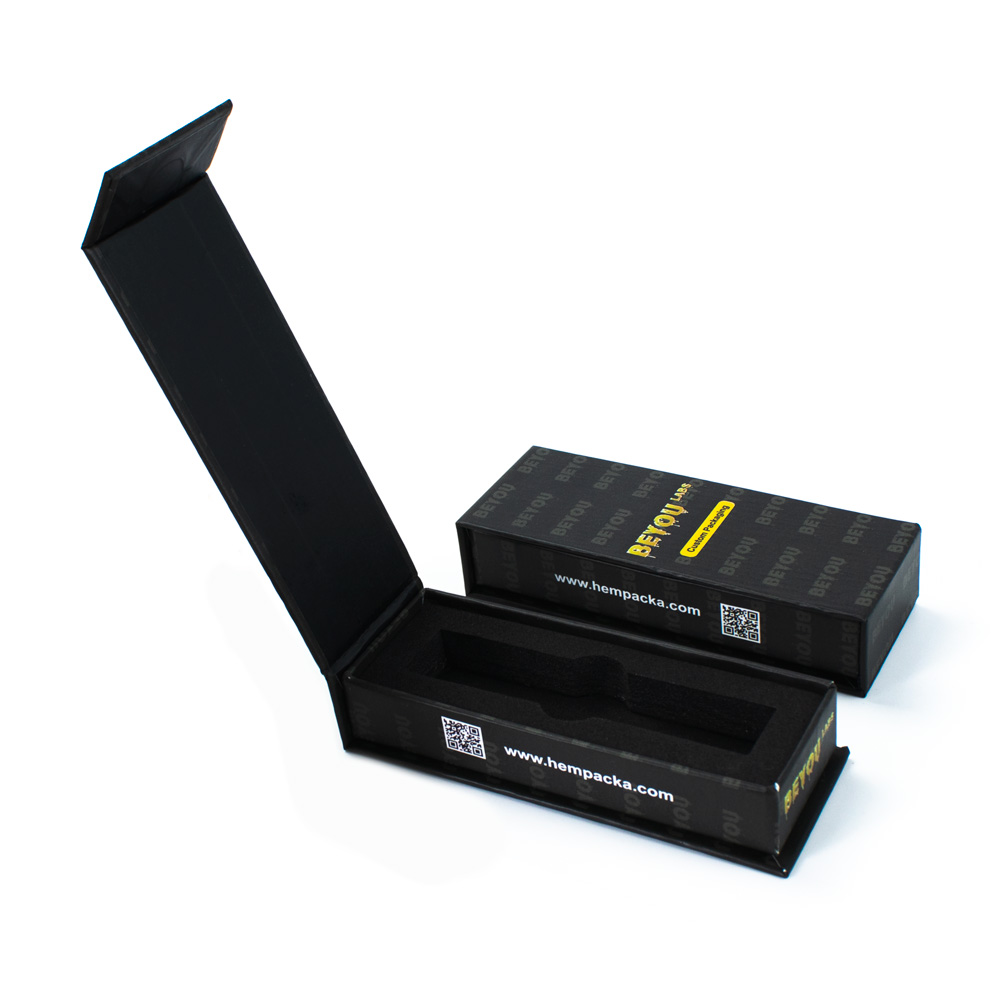
Prevents Product Movement
Void fillers help secure products in place, reducing the risk of damage caused by shifting during transit.
Absorbs Shock
They cushion and absorb external shocks during transportation, ensuring product integrity.
Enhances Customer Experience
A well-packaged product arrives intact and reflects a professional and detail-oriented brand image.
Supports Environmental Sustainability
Using biodegradable or recyclable fillers minimizes environmental impact and aligns with modern eco-conscious trends.
Reduces Noise During Transportation
By filling empty spaces, void fillers can significantly reduce rattling or noise during transit, enhancing the perception of care in packaging.
Improves Branding Opportunities
Customized void fillers, such as branded tissue paper or printed kraft paper, offer an additional touchpoint for brand visibility and storytelling.
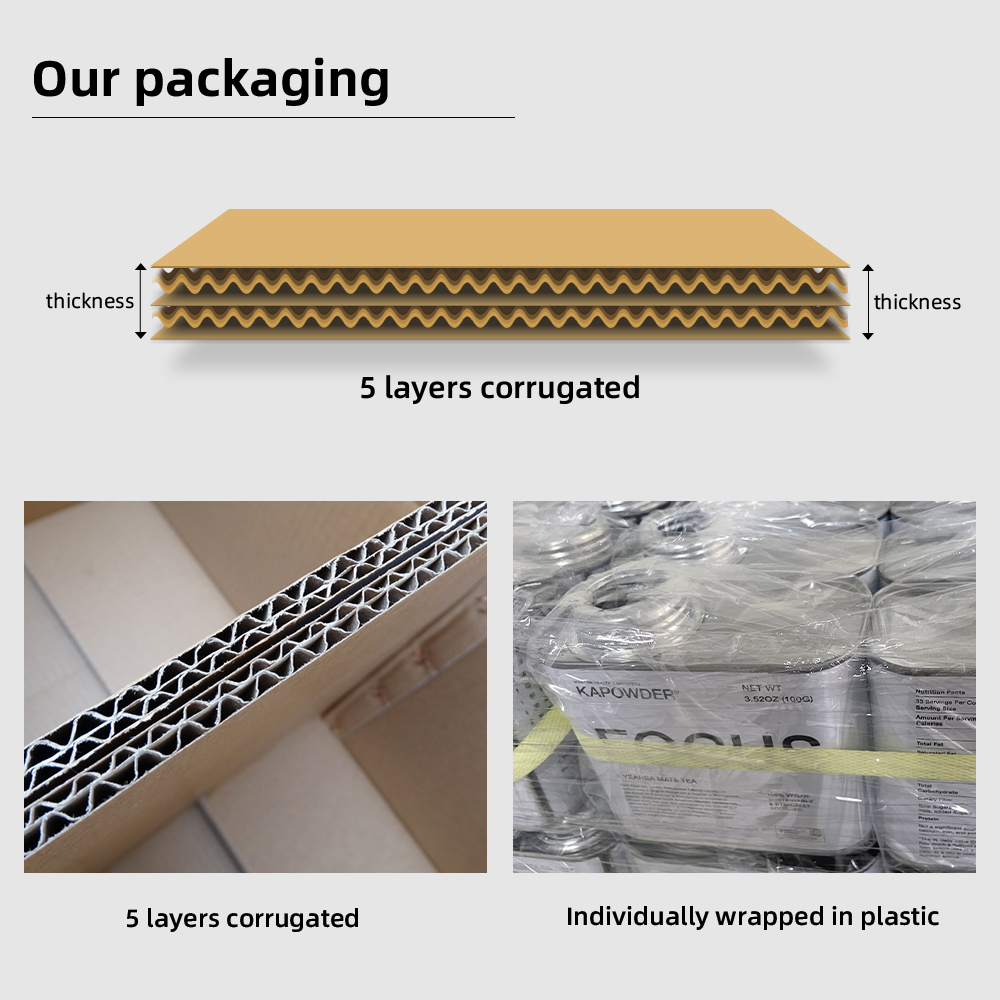
Bubble Wrap
Lightweight and impact-resistant, bubble wrap is widely used for protecting fragile items. It comes in various sizes, offering flexibility for different packaging needs.
Foam Peanuts
These small particles fill irregular voids and adapt to various product shapes. Both traditional and biodegradable versions are available, catering to diverse preferences.
Kraft Paper or Shredded Paper
An eco-friendly material that’s practical and aesthetically pleasing, perfect for brands showcasing a natural style. Kraft paper can also be crumpled to add additional cushioning.
Air Pillows
Inflatable bags offer lightweight and efficient cushioning protection. They are especially popular for shipping electronics and lightweight items.
Plant-Based Fillers
Examples include corn starch peanuts, which are fully biodegradable and ideal for eco-friendly packaging. These materials dissolve in water, making them easy to dispose of responsibly.
Foam Sheets
Thin foam sheets can be layered between items to provide additional cushioning and prevent scratches. They’re commonly used for electronics and glassware.
Reusable Fabric Fillers
Fabric pouches or wraps can serve as both protection and a reusable gift element, making them an excellent choice for luxury or premium items.
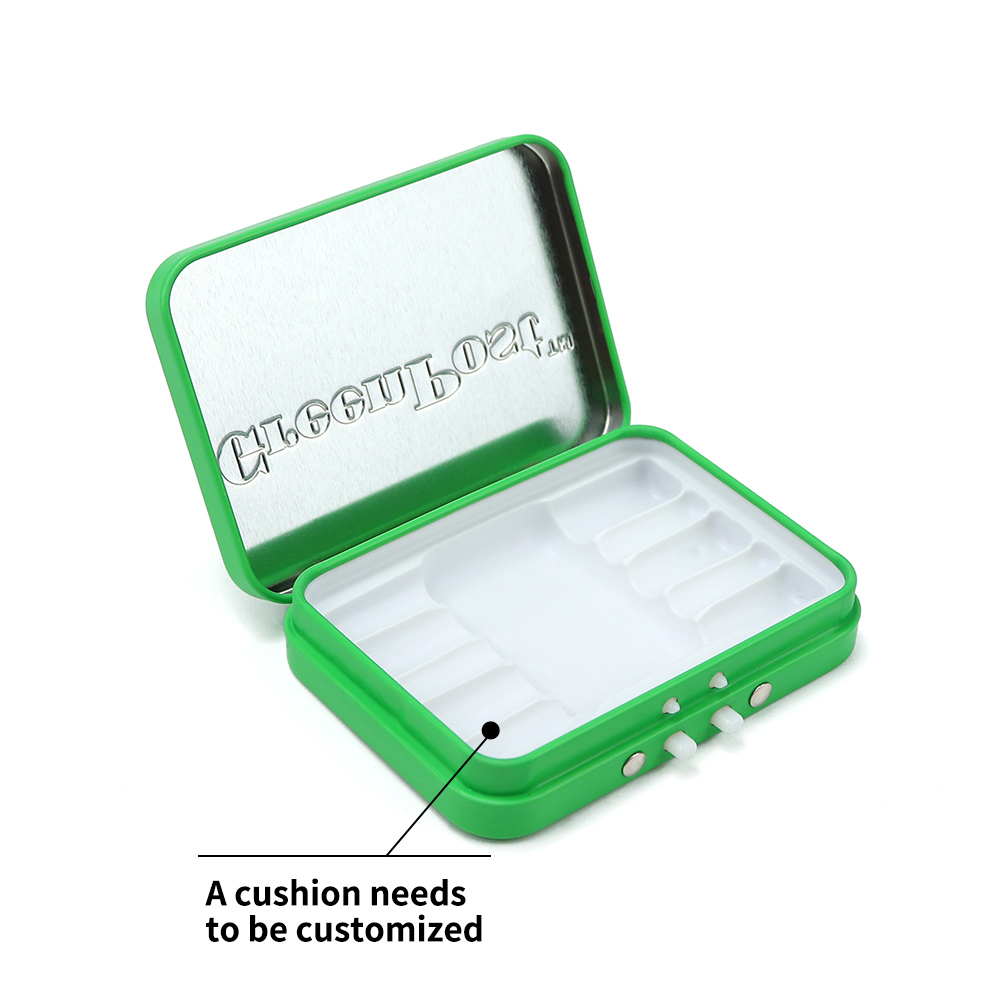
Choose the Right Filler for the Product
Fragile items can benefit from bubble wrap or air pillows, while complex-shaped products are better suited for foam peanuts.
Fill Gaps to Ensure Stability
Distribute void fillers evenly within the packaging to keep products secure. Ensure there are no loose areas where items can shift.
Control Usage to Reduce Waste
Avoid overfilling, which wastes resources and may increase package dimensions, raising shipping costs. Aim for a balance between protection and efficiency.
Emphasize Sustainability
Opt for sustainable materials wherever possible and communicate your eco-friendly practices to customers. Highlight these efforts on your packaging to build brand loyalty.
Test Your Packaging
Before finalizing your void filler choices, test the packaging under simulated shipping conditions to ensure maximum protection and efficiency.
Combine Fillers for Optimal Protection
For high-value or fragile shipments, combining different fillers—such as air pillows with foam sheets—can offer enhanced protection and stability.
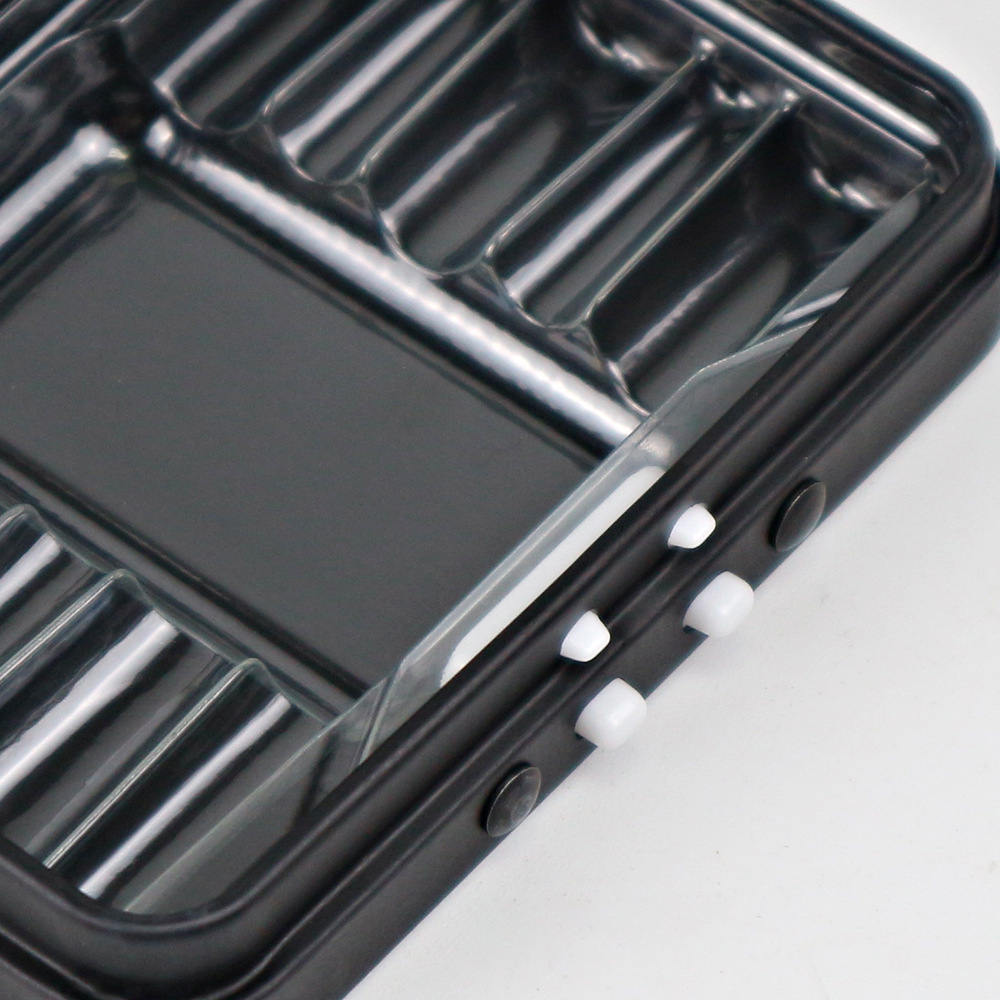
Using the right void fillers not only ensures product safety but also boosts brand image. In today’s logistics and e-commerce industries, packaging details significantly influence customer satisfaction. Therefore, designing efficient packaging and selecting high-quality void fillers is crucial for success.
If you are interested in developing your brand packaging, feel free to message us!

